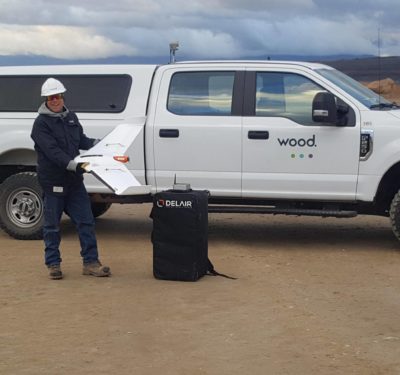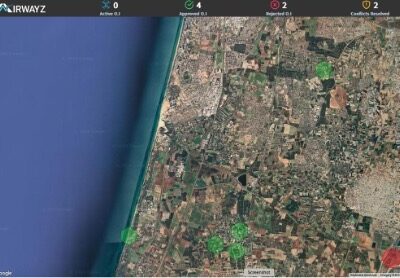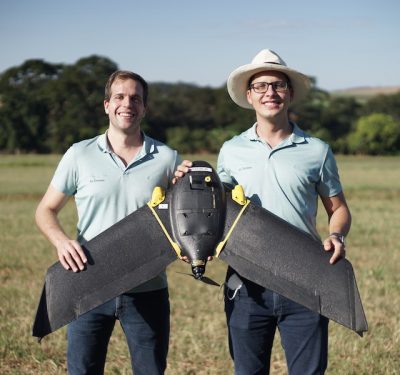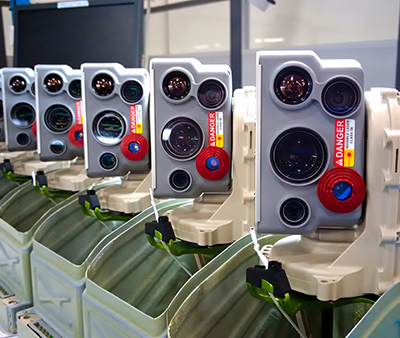 Andy Thurling, Chief Technology Officer, NUAIR
Andy Thurling, Chief Technology Officer, NUAIR
Q: What’s the most underestimated, but critical, step to UTM implementation?
A: Performance requirements. As an industry, we haven’t established performance requirements; therefore we can’t develop standards that would allow us to determine if a system is acceptable to fly in a UTM environment. Too often, our industry is fixated on the perfect UTM that envisions rivers of drones avoiding each other like an unscripted ballet. Everything we do is a one-off solution. It’s very difficult to build a use case on one-off applications. For instance, we see a lot of interest and demand for BVLOS, but little active engagement because there aren’t any performance requirements and standards. That’s the delay in UTM advancement. We need to stop letting our future perfect vision hamstring us and develop performance specifications and authorizations to do business.
Q: Is the framework for those requirements already set?
A: Defense and commercial manned aviation has already established the process. It’s as simple as breaking down known piloting tasks: aviate, navigate and communicate. We need to create requirements in these three areas that are acceptable to FAA and achievable to the system for a commercially viable set of airspace, set the standards and then test to those requirements and standards. That’s how we break people loose so they can go into the wild to do business.
Q: Some say standards take too long—what’s your response?
A: Standards development is not easy, but it also doesn’t have to take years. Things can move quickly if there’s motivation. ASTM started working on the remote ID standard about a year ago and it’s near done, and even in development has value to the commercial sector. For a UTM platform developer like ANRA, remote ID standard is the first look at the operational suitability of a system. We’re also testing to the ASTM parachute recovery standards and the detect-and-avoid standard is also under development.
Q: How will your new BVLOS UTM test corridor support performance requirement development?
A: We believe that the UTM corridor is the missing piece of the current UTM development philosophy. A lot of attention is given to the build a little, test a little aspects of the process, but field a little is somewhat forgotten. We believe the test corridor provides that necessary element. Our corridor, which includes a comprehensive ground-based surveillance system, will enable large-scale, high-density BVLOS flight operations of both manned and unmanned aircraft in a defined 50-mile corridor between Rome and Syracuse, New York.
Q: How does NUSTAR facilitate the path to national standards and regulations?
A: The idea of a disciplined flight test process, such as NUSTAR, that validates requirements and performance to those requirements is the lynchpin for the future unmanned national airspace. We’re working on validating requirements and then using NUSTAR to verify performance to those requirements. This is not new. NASA realized early on that they would need an organization to verify performance of vehicle and systems—enter NUSTAR. For us, I see the NUSTAR path leading to a standardized rating system much like the NHTSA’s 5-Star Safety Ratings. Imagine a 1-5 star rating system for a drone’s weather resistance performance capability. I strongly believe that setting performance requirements and developing standards provides a commercially viable increment of capability.






